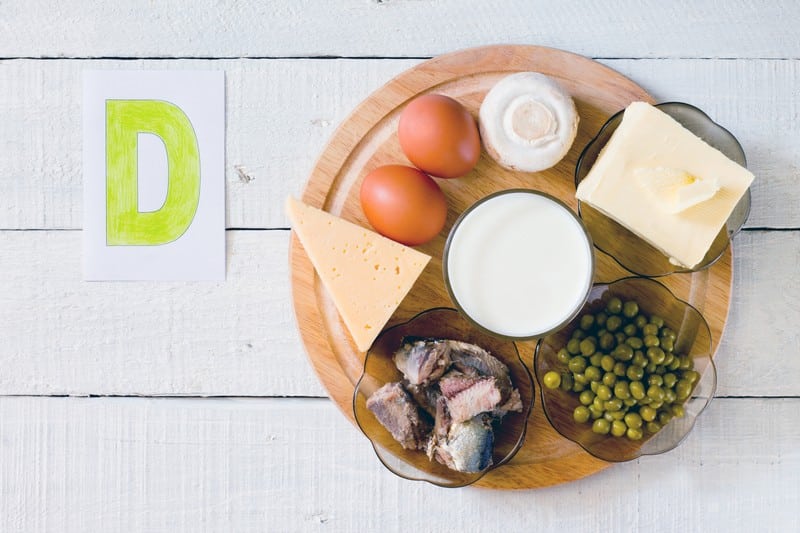Once a girl’s body becomes mature enough to carry a child, her reproductive system automatically prepares for childbearing. This process includes the thickening of the uterus walls or linings. However, if the egg cells are not fertilized during ovulation, the linings of the uterus begin to shed, resulting in menstruation. Most girls may experience their menarche or first menstruation between 12 and 14. After that, the cycle continues until a certain age when the female body can no longer accommodate a fetus. This end of the cycle is called menopause.
Menopause marks the end of a female’s reproductive years. Like menstruation, menopause is a natural and inevitable aging process. It happens when the ovaries no longer produce egg cells every month. When this happens, the body has no reason to prepare for a fetus, postponing the thickening of the walls and lining of the uterus. This usually happens to women after the age of 40. However, some women may experience premature menopause or early menopause because of chemotherapy, surgeries, and other illnesses.
Symptoms of menopause include hot flashes, racing heart, excessive sweating, vaginal dryness, emotional changes, sore breasts, and many more. This article discusses some home remedies to alleviate the pain and discomfort caused by menopause.
Eat Foods Rich in Vitamin D and Calcium

Menopause can cause drastic hormonal changes. Their estrogen and progesterone levels may fluctuate and drop. These can weaken the bones, increasing the risk of developing fractures, osteoporosis, and other diseases. Vitamin D and calcium are essential in keeping the bones healthy and strong. So, ladies need to include foods rich in these nutrients in their daily meals.
The daily recommended calcium intake for women over the age of 40 is 1,200 mg. There are over-the-counter calcium supplements that are safe to use, but most experts advise patients to increase their intake of calcium-rich foods. Calcium is commonly found in foods like yogurt, cheese, and milk. But calcium is not only limited to dairy products. There are also vegetables like spinach, kale, and collard greens with high calcium levels. They can also include calcium-fortified foods like fruit juices, cereals, and sardines.
On the other hand, sunlight triggers the skin to produce vitamin D. However, as the body ages, the skin gets less active and efficient in making vitamin D. When this happens, the body may suffer from vitamin D deficiency. Therefore, patients may take vitamin D supplements or eat more foods rich in vitamin D, like eggs, fish, and cod liver oil.










